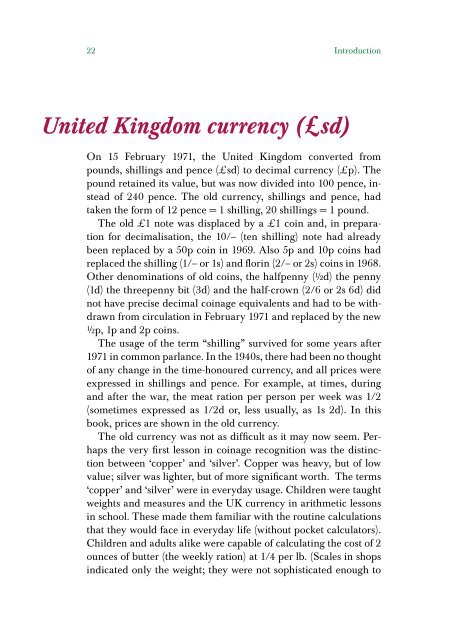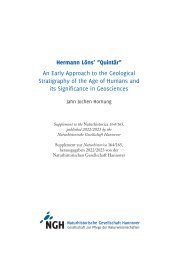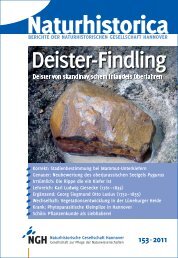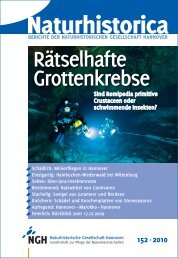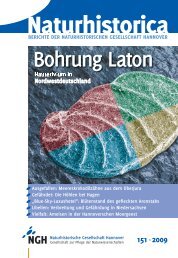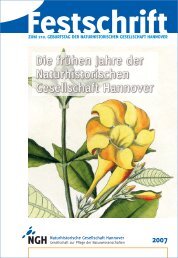Roger Atkinson - Blackout, Austerity and Pride
Blackout, Austerity and Pride – Life in the 1940s is a book written primarily from actual experience. It tells how an alert and intelligent boy, effectively orphaned at the age of 13, sets out to gain a foothold in life. Aided by some resourceful women, he unites a thirst for knowledge with a growing passion for places and buses and a strong sense of duty. http://www.memoir1940s.org.uk/
Blackout, Austerity and Pride – Life in the 1940s is a book written primarily from actual experience. It tells how an alert and intelligent boy, effectively orphaned at the age of 13, sets out to gain a foothold in life. Aided by some resourceful women, he unites a thirst for knowledge with a growing passion for places and buses and a strong sense of duty.
http://www.memoir1940s.org.uk/
You also want an ePaper? Increase the reach of your titles
YUMPU automatically turns print PDFs into web optimized ePapers that Google loves.
22 Introduction<br />
United Kingdom currency (£sd)<br />
On 15 February 1971, the United Kingdom converted from<br />
pounds, shillings <strong>and</strong> pence (£sd) to decimal currency (£p). The<br />
pound retained its value, but was now divided into 100 pence, instead<br />
of 240 pence. The old currency, shillings <strong>and</strong> pence, had<br />
taken the form of 12 pence = 1 shilling, 20 shillings = 1 pound.<br />
The old £1 note was displaced by a £1 coin <strong>and</strong>, in preparation<br />
for decimalisation, the 10/– (ten shilling) note had already<br />
been replaced by a 50p coin in 1969. Also 5p <strong>and</strong> 10p coins had<br />
replaced the shilling (1/– or 1s) <strong>and</strong> florin (2/– or 2s) coins in 1968.<br />
Other denominations of old coins, the halfpenny (½d) the penny<br />
(1d) the threepenny bit (3d) <strong>and</strong> the half-crown (2/6 or 2s 6d) did<br />
not have precise decimal coinage equivalents <strong>and</strong> had to be withdrawn<br />
from circulation in February 1971 <strong>and</strong> replaced by the new<br />
½p, 1p <strong>and</strong> 2p coins.<br />
The usage of the term “shilling” survived for some years after<br />
1971 in common parlance. In the 1940s, there had been no thought<br />
of any change in the time-honoured currency, <strong>and</strong> all prices were<br />
expressed in shillings <strong>and</strong> pence. For example, at times, during<br />
<strong>and</strong> after the war, the meat ration per person per week was 1/2<br />
(sometimes expressed as 1/2d or, less usually, as 1s 2d). In this<br />
book, prices are shown in the old currency.<br />
The old currency was not as difficult as it may now seem. Perhaps<br />
the very first lesson in coinage recognition was the distinction<br />
between ‘copper’ <strong>and</strong> ‘silver’. Copper was heavy, but of low<br />
value; silver was lighter, but of more significant worth. The terms<br />
‘copper’ <strong>and</strong> ‘silver’ were in everyday usage. Children were taught<br />
weights <strong>and</strong> measures <strong>and</strong> the UK currency in arithmetic lessons<br />
in school. These made them familiar with the routine calculations<br />
that they would face in everyday life (without pocket calculators).<br />
Children <strong>and</strong> adults alike were capable of calculating the cost of 2<br />
ounces of butter (the weekly ration) at 1/4 per lb. (Scales in shops<br />
indicated only the weight; they were not sophisticated enough to


